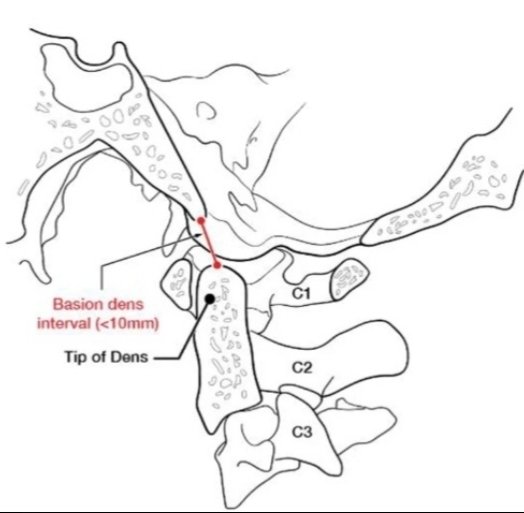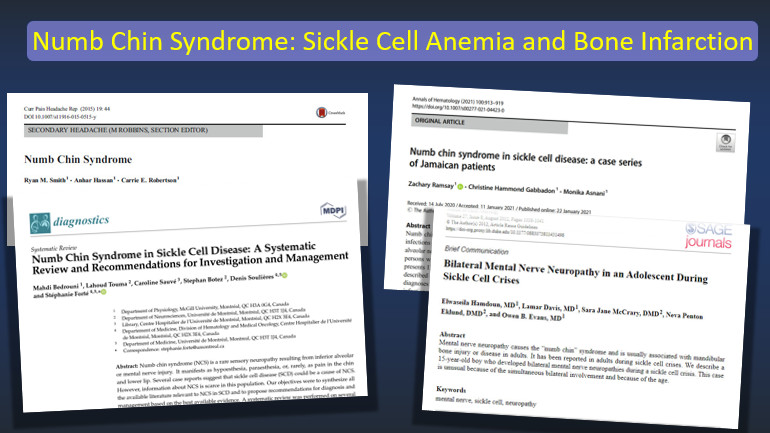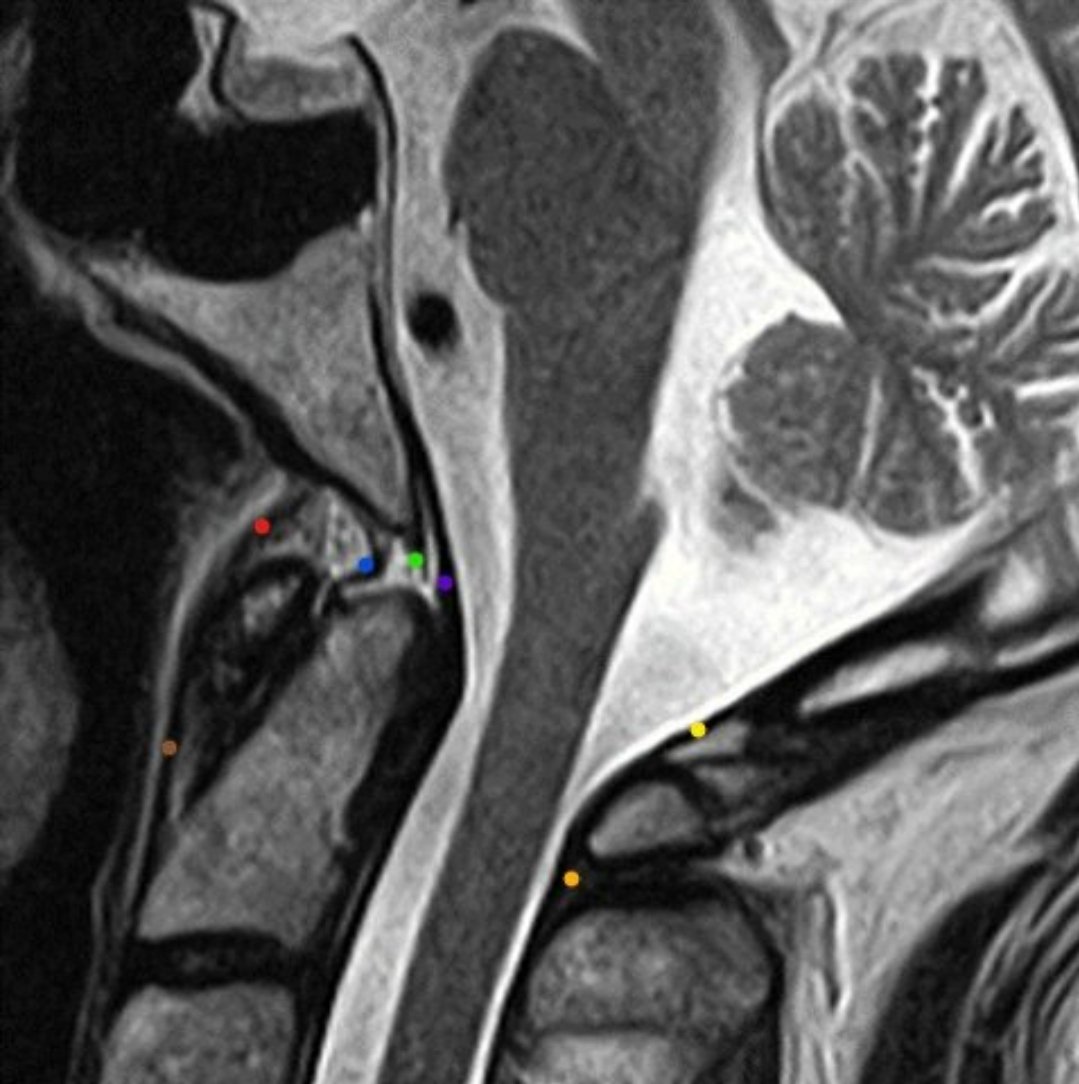
Peter Fiester, MD
@petefiestermd
Associate Professor & Director @UFHealth #Neuroradiology @UFHealthjax, images=pubs, #Radiology, #MedEd, #Spine, #Stroke, #Skullbase
ID: 2858720910
https://med.jax.ufl.edu/directory/bio/2977/peter-fiester/ 16-10-2014 22:56:29
398 Tweet
2,2K Followers
322 Following











Great work by our #radiology residents UF Jax Radiology Residency in their latest publication on a subtle C2 traumatic injury in the #pediatric population. #RadRes #NeuroRad #Spine #Trauma C2 Synchondrosal Injuries: A Case Report and Anatomic Review cureus.com/articles/17694…


























